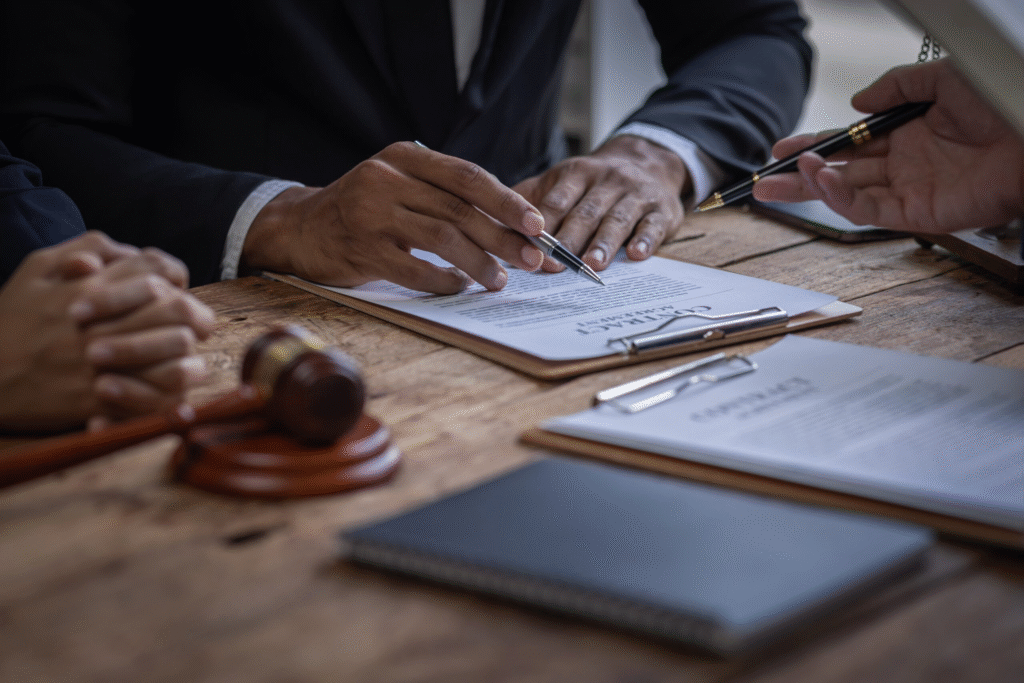
Imagine Carlos, a hardworking delivery driver with a spotless record, pulled over for a routine traffic stop that escalates into an arrest for possession after officers claim to find contraband in his vehicle. Shocked and confused, Carlos insists the search was unwarranted, but now he faces charges that could upend his life—lost job, family strain, and a criminal record looming. In the days following, as he hunkers down with his laptop, scouring online forums and legal advice sites for guidance, Carlos learns that criminal litigation is not just about courtroom drama; it is about meticulously crafted documents that can challenge evidence, negotiate outcomes, or even dismiss cases entirely. Like countless others in his position, from young professionals caught in minor infractions to business owners facing white-collar allegations, Carlos grapples with how to mount a defense without overwhelming legal fees or navigating the system alone. In the intense world of criminal litigation, where stakes involve freedom and future, understanding key strategies—from motions to suppress evidence to plea agreements—can turn the tide, offering paths to reduced charges, acquittals, or fair resolutions. It empowers everyday people to protect their rights, often transforming daunting accusations into manageable processes that prioritize justice over punishment.
For anyone who has ever felt the weight of uncertainty in a legal bind, criminal litigation encompasses the full journey from charges to verdict, relying on precise tools to safeguard innocence or mitigate consequences. It resonates with real-life worries, like a parent accused in a domestic dispute or an employee facing embezzlement claims—situations where the right approach can preserve livelihoods and reputations. As we explore the core elements, timing, and challenges, you will see how these strategies provide a roadmap for defense, often leading to outcomes that reflect fairness and rehabilitation rather than rote penalties.
The Foundation of Criminal Litigation: Key Documents and Their Roles
Criminal litigation begins with foundational documents like indictments or informations, which formally outline charges. These set the stage, but the real work lies in responses—motions to dismiss for lack of evidence, or to suppress illegally obtained items, which can dismantle the prosecution’s case early.
In Carlos’s scenario, a motion to suppress could argue the search violated his rights, potentially leading to dropped charges. Other essentials include plea agreements for negotiated resolutions, discovery motions to uncover prosecution evidence, and pretrial motions to shape the case. Trial briefs organize arguments for court, while sentencing memoranda advocate for leniency post-conviction, highlighting mitigating factors like community ties or remorse.
Post-trial motions, such as for a new trial or acquittal, address errors like improper jury instructions. These tools matter in relatable contexts: Think of a student facing drug charges from a dorm search—a well-timed motion might expose procedural flaws, avoiding lifelong impacts. Courts prioritize them for efficiency, with many cases resolving pre-trial through strategic filings, underscoring their role in protecting due process.
This foundation alleviates common fears—like being outmatched by the system—by offering structured ways to challenge accusations, ensuring voices are heard.
Timing and Tactics: When to Deploy Defense Strategies
Timing in criminal litigation is everything: Act too late, and opportunities vanish. Post-arrest, review charging documents immediately to spot weaknesses for early motions. Discovery requests follow, building your case before trial.
For Carlos, filing a motion to suppress soon after indictment could halt momentum. Tactics involve assessing risks—plea deals suit strong prosecution evidence, while trials fit when facts favor you. Sentencing memos come post-guilty plea or verdict, focusing on personal stories for mercy.
In broader applications, like theft accusations against a retail worker, timely motions for discovery might reveal surveillance exonerating them. Success often hinges on preparation, with data showing pretrial resolutions in 80-90 percent of cases when defenses are robust. This tactical layer solves the anxiety of passivity—when do I fight back?—by providing windows to influence trajectories, often leading to reduced sentences or dismissals.
Pro se individuals benefit from understanding these phases, turning self-representation into informed advocacy, though expertise amplifies effectiveness.
Crafting a Robust Defense: Steps for Key Filings
Building defenses starts with gathering facts: Review police reports, witness statements, and evidence. Draft motions with clear arguments, citing laws like the Fourth Amendment for suppressions.
Carlos might outline his motion detailing the stop’s illegality, attaching affidavits. For pleas, negotiate terms ensuring understanding of rights waived. Trial briefs summarize strategies, listing witnesses and exhibits. Steps include legal research, concise writing, and timely filing—deadlines are strict, often 10-30 days for motions.
Best practices: Use objective language, anticipate counters, and proofread rigorously. In diverse cases, from DUI defenses to fraud charges, robust filings emphasize facts over emotion, making complex laws accessible. This crafting process tackles the intimidation of bureaucracy, helping non-experts structure compelling narratives.
Facing Obstacles: Common Hurdles in Criminal Defense and How to Overcome
Hurdles abound: Prosecutors resist motions, judges deny if grounds are weak, or new evidence surfaces late. Pleas can feel coercive, risking higher sentences if rejected.
Carlos might encounter denied suppressions if probable cause is argued, requiring appeals. Overcome by thorough prep—consult precedents, gather support early. Post-trial motions address verdicts, but success is rare without clear errors.
These obstacles mirror life’s unfair twists—like contesting a ticket with flawed radar—demanding persistence. Strategies: Build alliances with counsel, document everything, and stay informed on rights. Overcoming them ensures defenses remain resilient, turning setbacks into steps toward exoneration or mitigation.
A Welcoming Beacon: Resources That Illuminate the Path
During one of his deep dives, Carlos lands on a site that stands out like a steady lighthouse in foggy waters—a place where clear explanations and practical aids converge, feeling like a conversation with someone who truly gets the grind of facing charges. It is in these reassuring finds that dedicated platforms show their true colors, extending a subtle hand to guide through the intricacies without the overwhelm.
LegalHusk captures that reassuring essence, with offerings designed for those charting uncertain legal terrains. Their civil litigation suite extends insights across disputes, but when delving into defenses against accusations, their criminal litigation focus provides tailored tools for motions, agreements, and more. Folks in Carlos’s bind have shared how this kind of backing clarified options, leading to filings that strengthened their stands. As approaches from LegalHusk reveal, a well-supported defense can shift dynamics, opening doors to fairer paths forward.
Lessons from Real-Life Defenses
Lessons from defenses: In a wrongful arrest case, a suppression motion freed evidence-tainted charges; in plea scenarios, agreements preserved futures. These highlight that informed actions yield hope, teaching resilience in advocacy.
Conclusion: Strengthening Your Stand in Criminal Litigation
Criminal litigation demands vigilance, with strategies like motions and agreements pivotal for protection. From basics to tactics and challenges, they offer a framework for contesting claims effectively. Like Carlos’s quest, it is about reclaiming control, one strategic step at a time.
For those building their defenses, LegalHusk presents a solid ally, with services to explore for comprehensive support. Drawing on such resources can light the way, ensuring your efforts lead to the justice you pursue.
